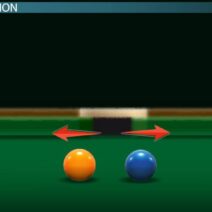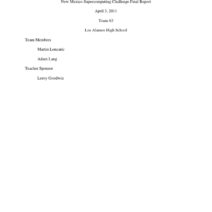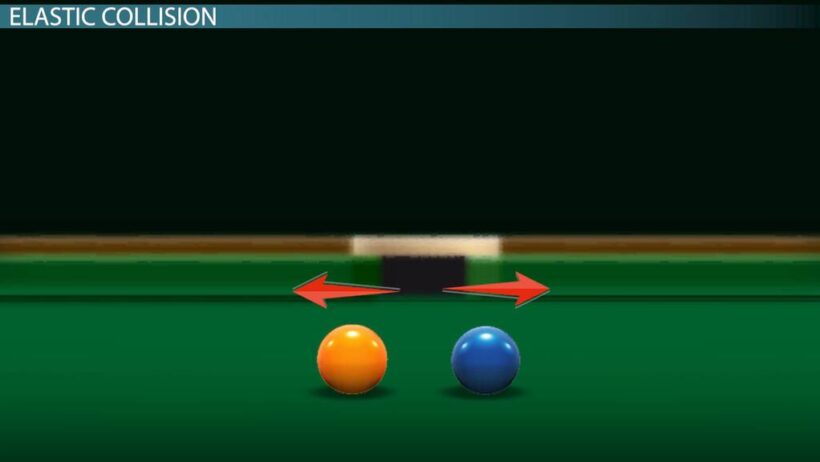Understanding the interplay of pulleys and the conservation of kinetic energy invites a curious inquiry: Do pulleys genuinely influence the work done during energy transfer? This question engages the fundamental principles of physics, particularly mechanical advantage and energy efficiency. Before we delve into the specifics, let us consider the basics of work, kinetic energy, and the role of pulleys.
Work is defined as the product of force applied and the distance over which that force is exerted. Mathematically, it can be expressed as W = F × d, where W represents work, F signifies force, and d denotes distance. Kinetic energy, on the other hand, is the energy an object possesses due to its motion, usually quantified by the equation KE = 1/2 mv2, with m being mass and v representing velocity. The conservation of kinetic energy principle states that in a closed system, the total kinetic energy remains constant as long as no external forces act on the system. This assertion may seem straightforward, yet when pulleys enter the equation, the dynamics shift significantly.
Pulleys function as simple machines that modify the direction of applied force. They can effectively alter the magnitude of the force required to lift an object, allowing for a greater mechanical advantage. With a single fixed pulley, the operator merely redirects the force applied. However, with a system of multiple pulleys, known as a block and tackle, the mechanical advantage increases, enabling one to lift heavier weights with less effort. Yet, one must ponder: does easing the force required for lifting also affect the work done in the context of kinetic energy?
Let us explore the mechanics behind this. When a pulley system is employed to lift an object, the force exerted by the operator is indeed less than the weight of the object being lifted. Nevertheless, even though the force diminishes, the distance over which the force is applied increases proportionately. This highlights a counterbalancing act. For instance, if lifting an object 10 meters requires a force of 100 Newtons without a pulley, utilizing a pulley may require only 50 Newtons, but the distance over which the force is applied could stretch to 20 meters. Despite the apparent ease, the total work done remains unchanged, as the product of force and distance effectively remains constant.
In this context, the conservation of energy holds firm. The system does not create energy; it merely redistributes it. This is pivotal when considering the broader implications for kinetic energy conservation. When an object is lifted using a pulley, its potential energy increases, calculated by the formula PE = mgh (where h is the height). As the object descends, that potential energy is converted back into kinetic energy. The manipulated force via the pulley does not alter the total energy; it merely facilitates the transfer of energy states more efficiently.
Analogously, consider the scenario of a roller coaster—a quintessential application of kinetic and potential energy. At the peak, the coaster possesses maximum potential energy. As it descends, that energy is transformed into kinetic energy, accelerating the vehicle. If pulleys were incorporated into the design for initial ascent, they would reduce the input force yet retain the total energy conservation principle. Hence, the fun and exhilarating experience are not diminished by the mechanical systems at play—instead, they enhance it.
It is worth noting that friction, mechanical efficiency, and energy loss are significant factors to consider. While the ideal system reflects perfect energy conservation, real-world applications introduce losses due to friction between the pulley and the rope, as well as within the unit bearing itself. Thus, while pulleys offer substantial benefits, they can also introduce inefficiencies that detract from the overall energy conservation ideal. This is a vital consideration for environmental efficiency and energy conservation practices in various sectors.
Therefore, the question arises: can the integration of pulleys into designs enhance or undermine our energy conservation efforts? The relationship is intricate. Thoughtful applications of pulleys can dramatically improve our ability to utilize energy more effectively. In contrast, overlooking the associated losses can lead to energy waste, particularly in larger systems like cranes or elevators. Therefore, addressing these mechanical inefficiencies is crucial in promoting sustainable energy practices.
In summation, while pulleys undeniably provide a mechanical advantage that reduces the necessary force to perform work, they do not change the fundamental laws governing kinetic energy and work. Instead, they offer a more efficient means of energy transfer. The conservation of kinetic energy principle remains steadfast, exemplifying the beauty of physics in daily life. Thus, it is imperative to invest in advancements that minimize energy loss in such systems, aligning with global conservation goals. By enhancing the efficiency of our mechanical systems, we can collectively advance toward a more sustainable future, maximizing our energy resources while minimizing waste.
The exploration of pulleys and kinetic energy serves as a nexus between mechanical engineering and environmental stewardship. It challenges us to think critically about how we can utilize physical laws to foster a more efficient society. As advancements continue, so should our commitment to combining innovation with responsibility, ultimately striving for a harmonious relationship between technology and the environment.






